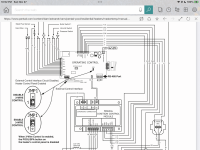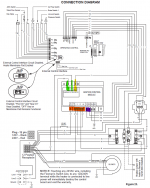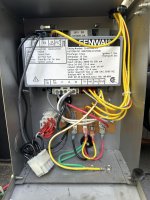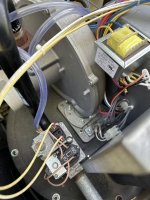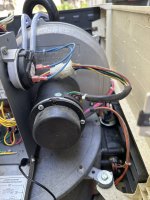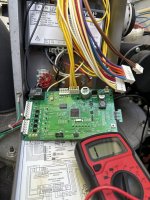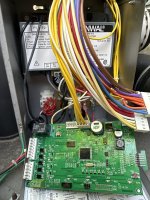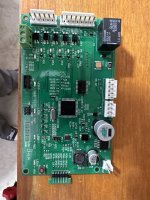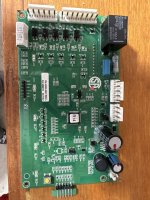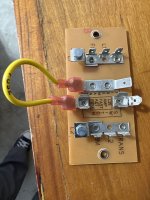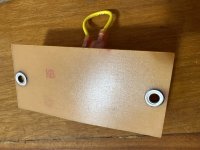Hello! This is my first post ever but I’ve been searching and reading the forum for a while about all sorts of issues with my pool. I use TFP app to track and balance my pool chemistry and I love it. However, I’ve been having a problem with my heater. It’s a natural gas Pentair Mastertemp 250 bought in 2018 new. It is wired at 240V to the same breaker as my pump. It doesn’t have any automation control. It worked great until a month ago when I turned the breaker off to have work done on the pool plaster. Once the work was done and the pool was refilled I turned on the breaker and the pump started up fine but the heater was completely dead. Nothing lights up on the display and the LEDs are all off.
I’ve been trouble shooting the problem for 2 weeks with no success so I’m posting here to see if I can get some expert advice. I have followed the Pentair MasterTemp Electrical Troubleshooting Guide and there’s no problem with the power going to the heater. It’s 240v and yes, the correct (red) plug has been installed since day 1. The heater was working fine before turning it off. I did notice the fuse was blown so I went to Home Depot and bought 1 amp fuses which I realize the correct amperage is 1.25 amps but still I don’t think the issue is with the fuses.
I’ve measured power to the Fireman Switch and it’s showing correctly 24 VAC at the terminals that go to the Main Board and 120 volts at the other two terminals.
With the power off and all connectors to the Main Board disconnected, I’ve measured conductivity between the Fireman Switch terminals and ground to see if there’s a short on the 24 VAC circuit as it was suggested in a different post. I found conductivity when I plug in the J1 connector which tells me the Ignition Control Module or the wiring to it may be where the problem is. However, if I disconnect all connectors to the ICM, I still see conductivity which is telling me the issue is with the wiring or the Main Board. However, I have ordered a new board and the issue remains. There are no signs of the wiring having any damage (it looks brand new) so before I return the board or order a new ICM or wiring harness, I wanted to see if anyone can please provide me with some more troubleshooting techniques or advise.
Thank you for reading my post!
I’ve been trouble shooting the problem for 2 weeks with no success so I’m posting here to see if I can get some expert advice. I have followed the Pentair MasterTemp Electrical Troubleshooting Guide and there’s no problem with the power going to the heater. It’s 240v and yes, the correct (red) plug has been installed since day 1. The heater was working fine before turning it off. I did notice the fuse was blown so I went to Home Depot and bought 1 amp fuses which I realize the correct amperage is 1.25 amps but still I don’t think the issue is with the fuses.
I’ve measured power to the Fireman Switch and it’s showing correctly 24 VAC at the terminals that go to the Main Board and 120 volts at the other two terminals.
With the power off and all connectors to the Main Board disconnected, I’ve measured conductivity between the Fireman Switch terminals and ground to see if there’s a short on the 24 VAC circuit as it was suggested in a different post. I found conductivity when I plug in the J1 connector which tells me the Ignition Control Module or the wiring to it may be where the problem is. However, if I disconnect all connectors to the ICM, I still see conductivity which is telling me the issue is with the wiring or the Main Board. However, I have ordered a new board and the issue remains. There are no signs of the wiring having any damage (it looks brand new) so before I return the board or order a new ICM or wiring harness, I wanted to see if anyone can please provide me with some more troubleshooting techniques or advise.
Thank you for reading my post!


